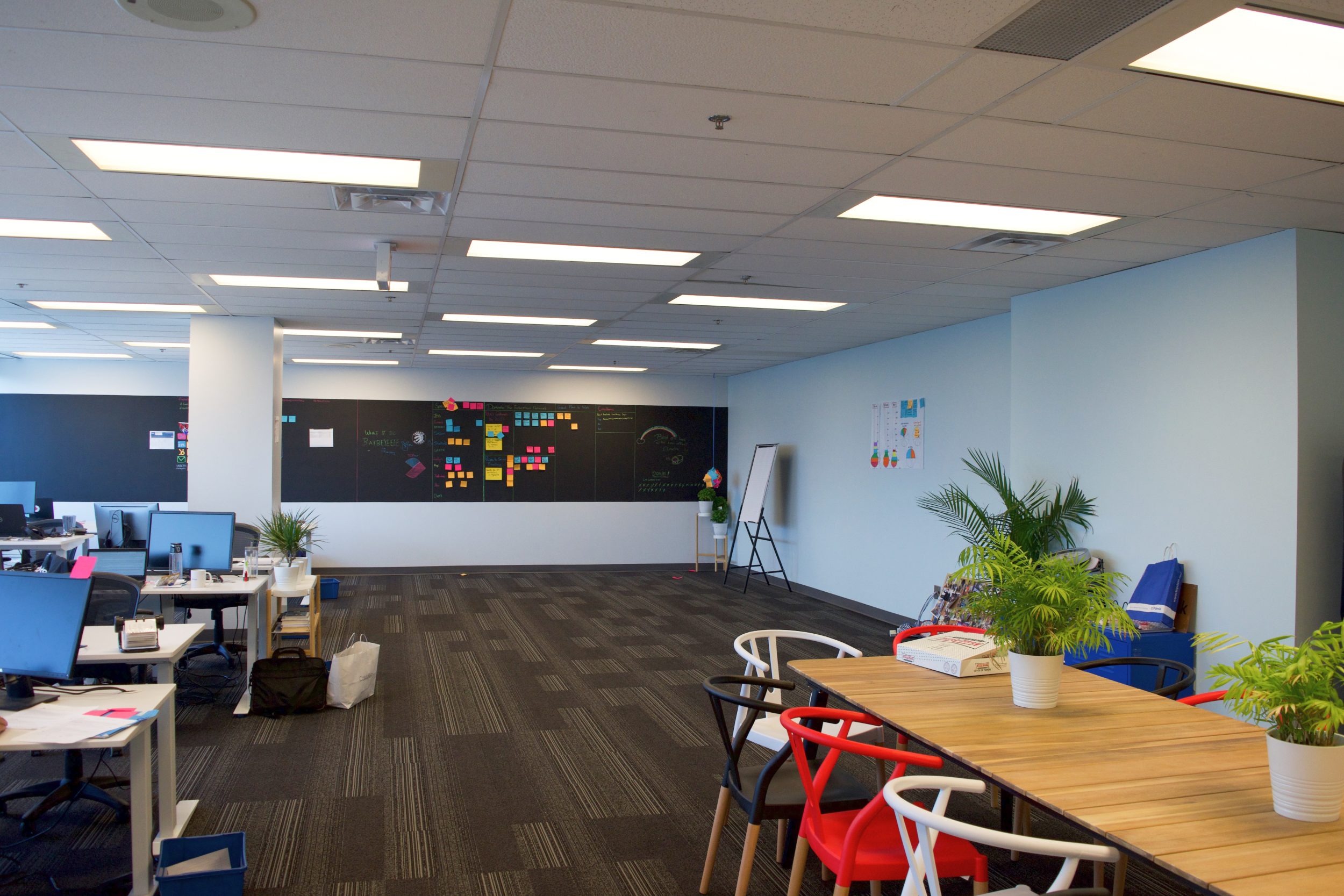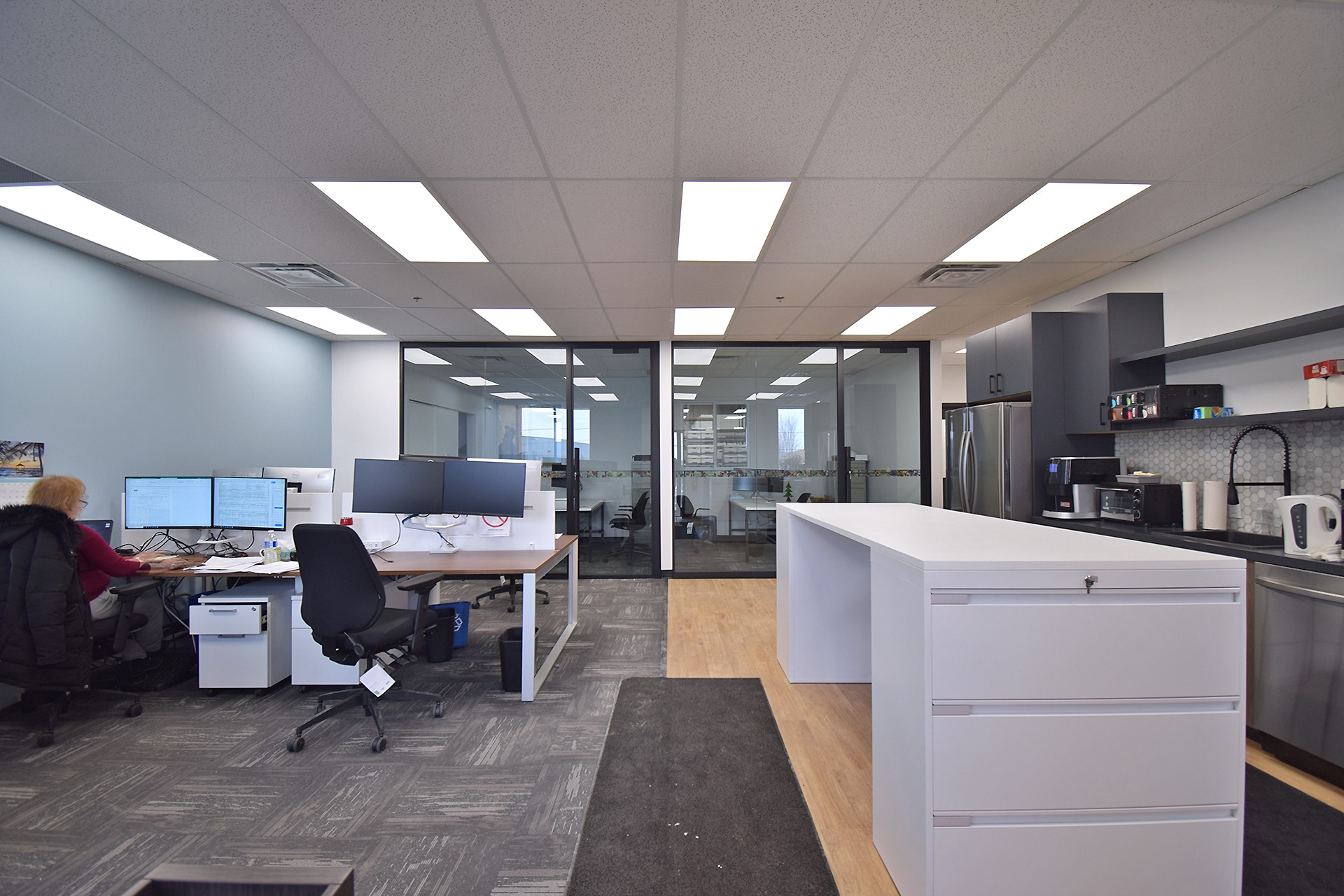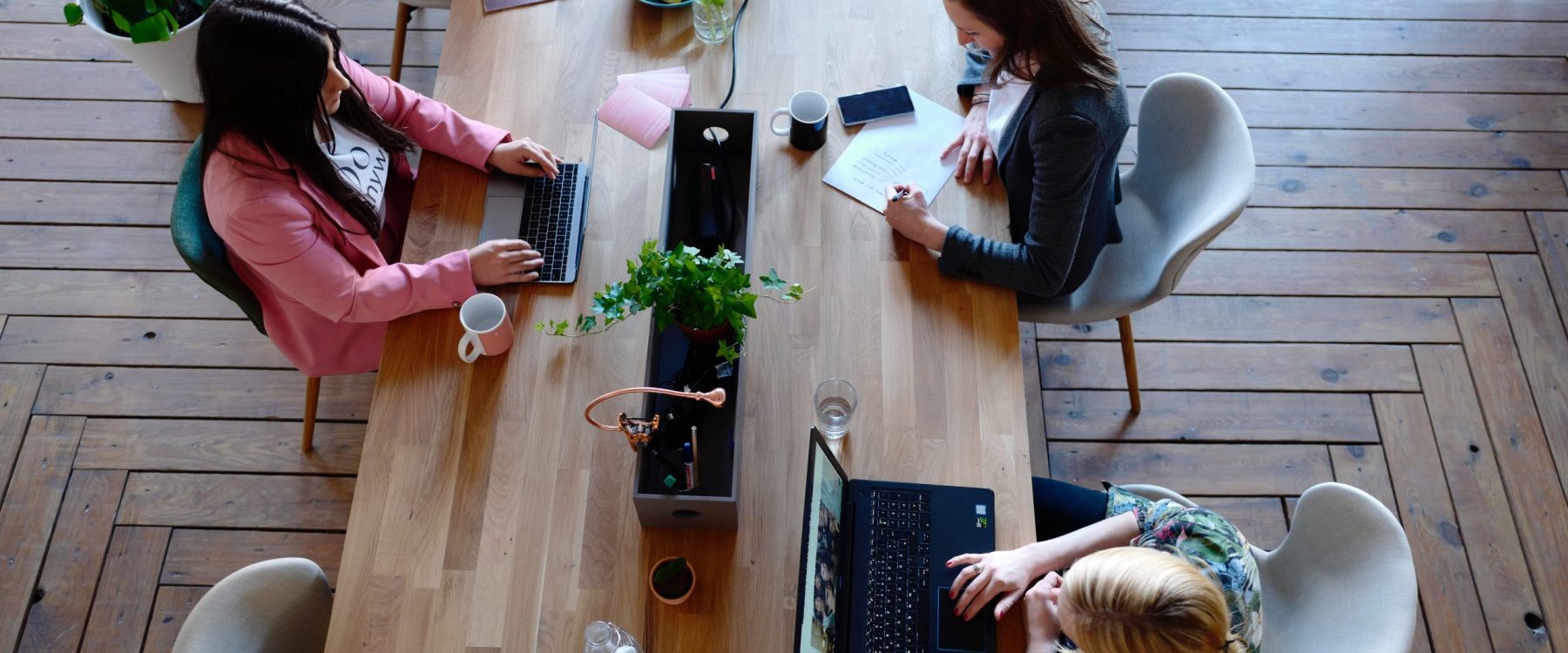It is difficult to predict with certainty what the top office design trends for 2023 will be, as trends in office design can change quickly and are influenced by a variety of factors, including technology, societal changes, and economic conditions. However, some trends that are currently gaining popularity and may continue to be influential in the coming years include:
1. Flexibility and Adaptability in Office Design:
Many offices are incorporating design elements that allow them to be easily reconfigured to meet changing needs, such as movable walls, modular furniture, and multi-purpose spaces.
How to Make your Office Space More Flexible and Adaptable?
There are several ways to make your office space more flexible and adaptable:
- Consider using modular furniture that can be easily rearranged or repurposed for different tasks and activities. For example, you can use tables and chairs that can be moved around or easily stored away when not in use.
- Use multipurpose spaces, such as conference rooms, for a variety of activities, such as meetings, training sessions, and collaborative work.
- Incorporate technology, such as videoconferencing and remote collaboration tools, to enable flexible work arrangements and allow employees to work from anywhere.
- Provide a variety of work environments, such as quiet spaces for individual work and more open, collaborative spaces for team projects.
- Encourage employees to personalize their workspace to meet their needs and preferences, within reason. This can help to increase productivity and make the office feel more welcoming and comfortable.
- Make sure that your office space is well-organized and equipped with the necessary tools and resources to support different types of work.
- Consider using flexible lease agreements or coworking spaces to allow for greater flexibility in terms of size and location.
By adopting these strategies, you can create an office space that is adaptable and able to meet the changing needs of your business and your employees.
2. Collaboration and Socialization:
Open floor office design plans and communal spaces are becoming more popular as companies prioritize collaboration and the sharing of ideas.
How to Create a More Collaborative and Social-Focused Office Space
To create a more collaborative and social-focused office space, consider the following strategies:
- Design the layout of the office to facilitate collaboration and interaction. This might include using open floor plans, creating designated collaboration areas, and placing shared resources and amenities, such as coffee stations and break rooms, in central locations.
- Encourage socialization and interaction among employees by providing spaces and activities that facilitate these interactions. This could include hosting team-building events, setting up game rooms or other recreational areas, and providing opportunities for employees to participate in group activities or projects.
- Promote a culture of transparency and open communication. This might include implementing open-door policies, encouraging employees to share ideas and feedback, and providing opportunities for employees to interact with leadership and management.
- Use technology to facilitate collaboration and communication, such as videoconferencing and team messaging apps.
- Foster a sense of community within the office by hosting social events, such as happy hours, potlucks, and charity events.
By implementing these strategies, you can create a more collaborative and social office space that fosters a sense of community and encourages teamwork and collaboration.
3. Sustainability in Office Design
There is a growing focus on incorporating environmentally-friendly design elements into office spaces, such as energy-efficient lighting and heating systems, and the use of recycled materials.
How to Incorporate Sustainability into your Office Space
To incorporate sustainability into your office space, you can consider the following strategies:
- Use energy-efficient lighting and appliances. This can help to reduce your energy consumption and lower your energy costs.
- Install low-flow toilets, faucets, and showerheads to reduce water usage.
- Use recycled or eco-friendly materials in your office design and construction, such as recycled carpeting, low-VOC paint, and sustainable wood products.
- Implement a recycling program and encourage employees to recycle paper, plastic, and other materials.
- Purchase office supplies and equipment that are energy-efficient and have a lower environmental impact.
- Encourage employees to use public transportation, carpool, or walk or bike to work to reduce the carbon footprint of your office.
- Implement a green cleaning program, using eco-friendly cleaning products and techniques.
By adopting these strategies, you can create a more sustainable office space that helps to reduce your environmental impact and support a healthy and responsible work environment.
4. Health and Wellness:
Offices are incorporating design elements that promote the health and well-being of employees, such as standing desks, natural light, and green spaces.
How to Make your Office and Employees More Health-Conscious
To make your office more health-conscious, you can consider the following strategies:
- Encourage employees to stay active by providing access to on-site or nearby fitness facilities, organizing group fitness classes, or promoting walking or biking to work.
- Provide healthy food options in the office, such as fresh fruits and vegetables, whole grains, and low-fat proteins. This can include setting up a kitchen stocked with healthy snack options and offering healthier options in vending machines and at company events.
- Encourage employees to take breaks and get up and stretch throughout the day. This can help to reduce the risk of musculoskeletal disorders and improve overall health and well-being.
- Implement ergonomic design principles in the office to reduce the risk of musculoskeletal disorders and improve overall comfort and well-being. This might include using ergonomic furniture and equipment, such as adjustable desks and chairs, and providing ergonomic training to employees.
- Promote a healthy work-life balance by encouraging employees to take vacation time, encouraging flexible work arrangements, and offering resources to help employees manage stress and maintain their overall health and well-being.
By adopting these strategies, you can create a healthier office environment that promotes the well-being of your employees and helps to reduce the risk of work-related injuries and illnesses.


5. Technology in Office Design
The integration of technology into office design is becoming increasingly important, with the use of smart buildings and the incorporation of technology into furniture and other design elements.
How to Incorporate New Technology into your Office Design
To effectively incorporate new technology into your office, you can follow these steps:
- Determine the specific technological needs of your business and how you want to use technology in your office. This will help you to identify the types of technology that you need to incorporate into your office.
- Research and evaluate different technology options to determine which will best meet your needs and budget. This might include consulting with IT professionals or seeking input from employees who will be using the technology.
- Create a plan for implementing and integrating new technology into your office. This might include developing a timeline, setting budget and resource priorities, and identifying any necessary training or support needs.
- Communicate the plan and any changes to employees to ensure that they are aware of and prepared for the new technology.
- Implement the technology and provide ongoing support and training to ensure that employees are able to use it effectively and efficiently.
By following these steps, you can effectively incorporate new technology into your office and create a workspace that supports the technological needs of your business.
What New Technology is Being Used in Offices?
There are many new technologies that are being used in offices to improve productivity, efficiency, and collaboration. Some examples of new technology being used in offices include:
- Cloud-based collaboration tools: such as Google Drive and Microsoft OneDrive, which allow teams to share documents and collaborate in real-time from anywhere.
- Virtual and augmented reality tools: which can be used for training, prototyping, and design work.
- Artificial intelligence (AI) and machine learning algorithms: which can be used for tasks such as data analysis, customer service, and predictive analytics.
- Videoconferencing and remote collaboration tools: Virtual meeting software and remote collaboration tools such as Zoom and Slack, which enable employees to communicate and collaborate remotely.
- Automation tools, such as robotic process automation (RPA), which can automate repetitive tasks and improve efficiency.
- Internet of Things (IoT) technologies, such as smart lighting and temperature control systems, which can improve energy efficiency and optimize office environments.
By adopting these technologies, offices can improve productivity, streamline workflows, and create more flexible and adaptable work environments.
Conclusion
It is important to note that these are just a few of the trends that may influence office design in the coming years, and it is likely that new trends will emerge as well.
About GTA General Contractors Ltd.
GTA General Contractors is an Canadian leader in Full-service Architecture, Design, Engineering, and office construction services in Toronto/GTA, Barrie, Hamilton, Niagara Falls, and surrounding areas. We can assist you in turning your office concept into a reality…on time, on budget, and just as you intended. Call us at 647-341-1030 or send us an email today.

